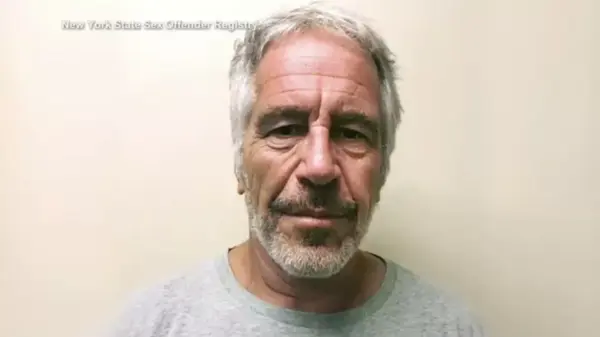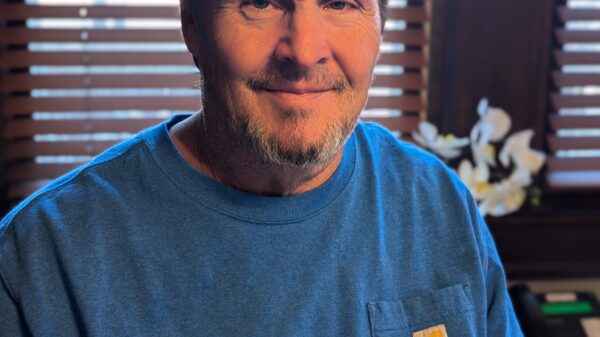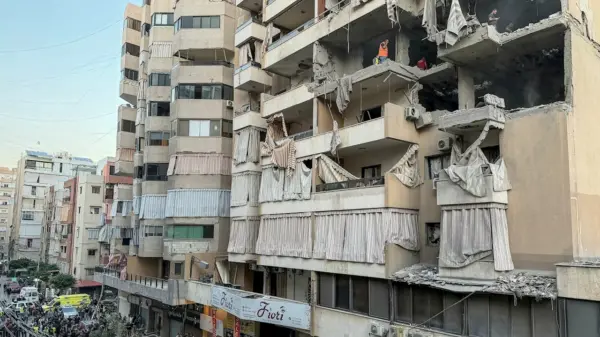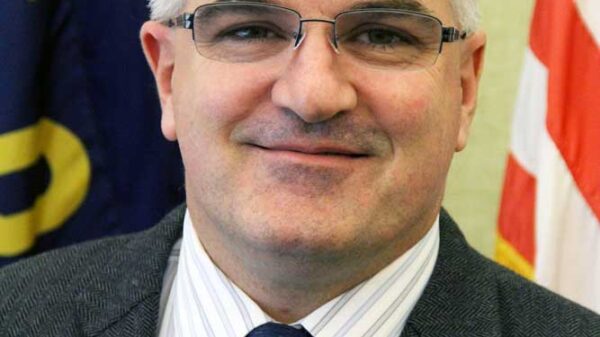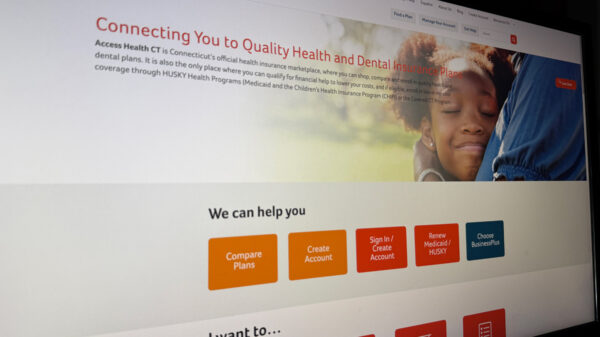A recent study highlights significant disparities in cancer care for incarcerated individuals in the United States. As the aging incarcerated population grows, estimated at around 175,000 people aged 55 years or older, the need for equitable healthcare services has never been more pressing. This demographic shift raises critical questions about the adequacy of medical treatment provided to this vulnerable population.
The findings, published in a report by the National Cancer Institute, indicate that incarcerated patients face barriers to receiving timely and effective cancer care compared to their counterparts in the general population. These disparities include limited access to screenings, delays in diagnosis, and insufficient treatment options.
The Growing Challenge of Aging Incarcerated Populations
As of 2023, the number of older adults in correctional facilities has increased significantly, reflecting broader trends in society. This demographic shift necessitates a closer examination of healthcare systems within prisons to ensure they meet the needs of aging individuals, particularly those diagnosed with cancer.
According to the American Cancer Society, the risk of cancer increases with age, making timely intervention critical. The study underscores that many incarcerated individuals do not receive regular cancer screenings, which are essential for early detection and treatment. This lack of access can lead to advanced-stage cancers at the time of diagnosis, severely impacting prognosis and survival rates.
Barriers to Care and Systemic Inequalities
The research also identifies systemic barriers that hinder effective cancer care for incarcerated individuals. Limited healthcare staff, inadequate medical facilities, and the stigma associated with incarceration contribute to the issues faced by these patients. Furthermore, there is often a lack of continuity in care when individuals are released from prison, complicating their treatment journey.
Healthcare providers in correctional settings report facing challenges in obtaining necessary resources, which can lead to delays in critical treatments such as chemotherapy and radiation. In many cases, treatment protocols that are standard outside prison walls may not be implemented due to logistical and administrative hurdles.
The implications of these disparities extend beyond individual health outcomes. They reflect broader societal issues of inequality and access to care that affect marginalized communities disproportionately. Addressing these gaps in cancer care will require systemic changes, including improved training for healthcare providers and enhanced collaboration between correctional facilities and community healthcare organizations.
As the population of older adults in prisons continues to grow, urgent action is needed to ensure that incarcerated individuals receive the comprehensive cancer care they deserve. Without significant reforms, the health inequalities faced by these individuals are likely to persist, further complicating their chances for recovery and reintegration into society.












